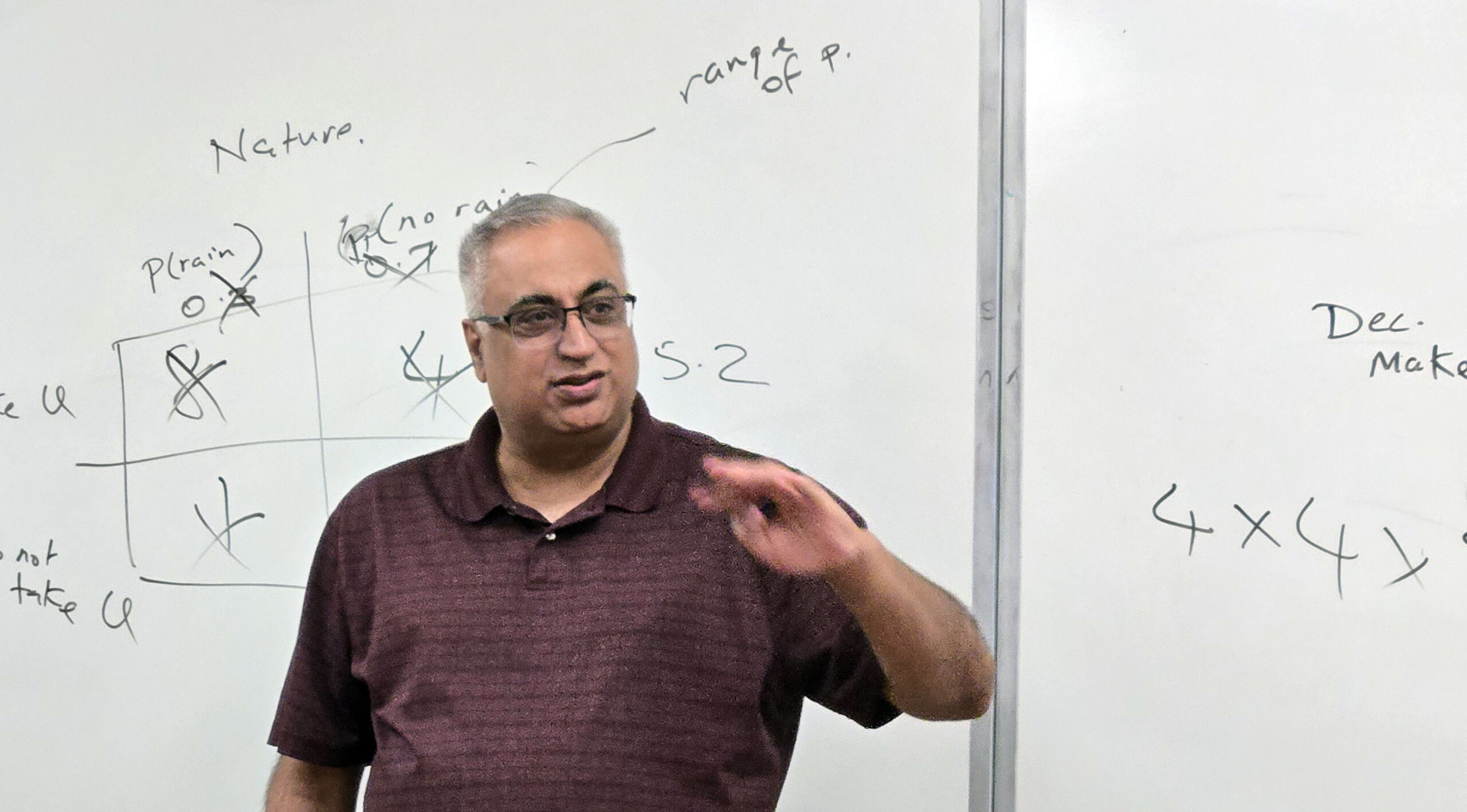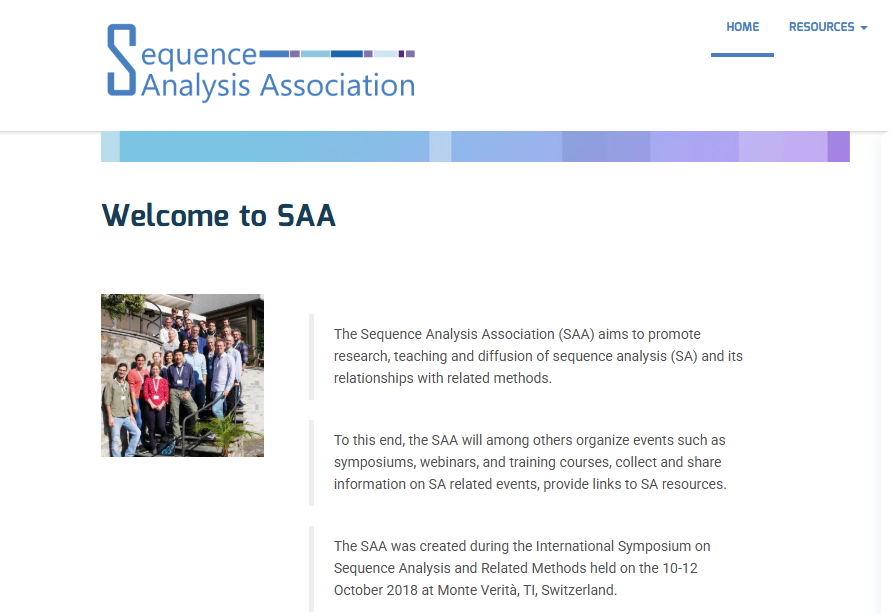The Search-Transfer Problem: The Role of Weak Ties in Sharing Knowledge across Organization Subunits
Morten T. Hansen
Harvard University
Summary of the Search-Transfer Problem and Knowledge Sharing
- Knowledge Sharing Across Subunits: The paper discusses how sharing knowledge between different parts of an organization can help projects avoid repeating work and gain new expertise. This can lead to faster project completion by using existing resources like software modules or expert advice.
- Statistical Analysis Approach: The study faced challenges in analyzing data because some projects were still ongoing or had been canceled. To address this, a hazard rate model was used instead of ordinary regression analysis. This model helps understand the likelihood of a project being completed at any given time .
- Limitations of the Study: The research acknowledges that project teams might have used other methods for knowledge sharing, such as electronic communication or databases, which were not considered in the study. Additionally, the role of corporate managers in facilitating knowledge transfer was not included, which limits the conclusions about the effectiveness of interdivisional ties .
- Complexity of Knowledge Transfer: The paper highlights the challenges in transferring complex knowledge, especially when it is not well-documented (tacit knowledge) or when it involves interdependent components. Stand-alone components, like a distinct software module, are easier to transfer because they don’t require understanding a larger system.
- Role of Relationship Strength: There is a debate on whether strong or weak relationships between people in different subunits are more effective for knowledge sharing. The study focuses on the impact of these relationships on project completion time.
- Dependent and Independent Variables: The study defines key variables such as the start and end dates of projects, which are crucial for measuring project completion time. These definitions were clear and helped in accurately specifying project timelines.
- Results and Interaction Terms: The results include variables like tie weakness and knowledge complexity, with interaction terms for noncodified knowledge and tie weakness. These help in understanding how different factors interact to affect project outcomes.
This summary provides an overview of the key points discussed in the paper, focusing on the role of knowledge sharing, statistical methods used, limitations, and the complexity of transferring knowledge within organizations










Leave a Reply